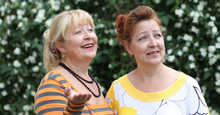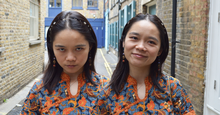The Roots of the Pearson-Marr Archetypes
Many people think that the twelve archetypal characters of the Pearson-Marr system are from C. G. Jung’s work. In fact, if you google “the 12 archetypes” they appear in multiple entries, though Pearson is typically not given credit as the creator. They are often described as “Jungian archetypes,” which is technically accurate as Carol Pearson is a Jungian, but calling the PMAI® archetypes “Jungian” implies they came from Jung’s work directly. Rather, Pearson’s work is based on Jung’s archetype theory, as well as Joseph Campbell’s theory of the hero’s journey (which is also based on Jung’s work with myths and archetypes).
When Pearson first published her 12-archetype system in Awakening the Heroes Within (1989), she had already published The Hero Within: Six Archetypes We Live By (1986). Though other theorists had also published similar ideas about character archetypes based on Jung’s theories, what makes Pearson’s work stand out is that she gathered the twelve characters into a system. Along with Hugh Marr, Pearson created a validated assessment, the Pearson-Marr Archetype Indicator® (PMAI®), to measure the archetype activity in an individual’s life. Like Isabel Briggs Myers and the MBTI®, Pearson built on Jung’s theories with empirical, original work of her own to create the assessment.
In this article, I provide basic definitions and distinctions between Jung, Campbell, and Pearson’s work on archetypes as a way to deepen your understanding of the PMAI archetypes.
Jung’s Archetypes
Jung had varying definitions of archetypes throughout his many years of contemplation while writing about them. Jung made a distinction between the underlying pattern, that did not have content, and the specific archetypal image. For Jung, these were two levels of archetypes: a content-less psychic structure that is not experienced but which then gives rise to a varied range of particular archetypal images. Jung did not focus on character archetypes in the same way Campbell and Pearson do. He did focus on characters, but these were more attendant to the primordial or foundational level of an archetype; for example, he focused on the Mother archetype as the universal and archetypal force that represents the source of life, birth, and nurturing care that develops the infant (or vulnerable).
In contrast, an example of a specific image of Mother, in Pearson’s work, is the Caregiver archetype. The Caregiver is a particular representation of the Mother archetype found in literature and films; there are many other representations of the Mother archetype, such as Demeter and Gaia in Greek mythology. Even though Jung tended not to work with personified character archetypes, it is clear to see how Pearson developed the twelve archetypes by building on his theory of archetypes.
Campbell’s Archetypal Hero’s Journey
George Lucas’s use of Joseph Campbell’s work on the hero’s journey in creating Star Wars is practically legend now. In 1949, Campbell published The Hero with a Thousand Faces where he traced the archetypal hero’s journey in consciousness and self-growth. Campbell’s theory was based on his in-depth study of mythology, anthropology, history, and more, including Jung’s archetype theory. The hero’s journey is understood as the symbolic process of growing into one’s authentic self, expressed in myth that includes several markers and characters along the way. Not all myths have every benchmark or character, but so many of them reliably show up in myths throughout time and across culture to consider them archetypal.
Some familiar archetypal symbols in the hero’s journey are the Call to Adventure, Refusal of the Call, The Road of Trials, Atonement with the Father, and the Ultimate Boon. From this partial list you can see that Campbell’s theory is about the archetypal process of the journey, rather than the archetypal character. Some characters do show up, however, such as Mentor (e.g., Wizard or Wise Old Man), Temptress (e.g., Sirens in The Odyssey), and the Dragon or Shadow in the final confrontation.
Pearson’s Twelve Heroic Archetypal Characters
Pearson’s system is built on both Jung’s idea of archetypes and Campbell’s idea of symbolic archetypal processes. Pearson found through literature, myth, and film that these twelve essential characters appear repeatedly as protagonists in specific types of stories. A Ruler story has a protagonist who goes through a growth expanding journey (if they are successful) in confronting and becoming responsible for having authority over the collective. A Magician is a protagonist who lives out a narrative that involves becoming humble and transparent by using hidden powers to serve others. Alternatively, the Ruler and Magician archetypes, are also both characters and plotlines.
Pearson’s work is novel in that she systematized the archetypal characters and interpreted them as personified character images and as archetypal plots. In this way, Pearson captures both levels of Jung’s archetype—the underlying structure in the plot and the personified image in the character—as well as the spirit of expanding consciousness through narrative journeys based on Campbell’s work.
If you are motivated to follow up on Pearson’s work, her latest book, What Stories Are You Living? Discover Your Archetypes – Transform Your Life (2021), provides in-depth analyses of these themes as well as chapters on how each of the twelve archetypes are expressed in myth, literature, film, and psychologically.




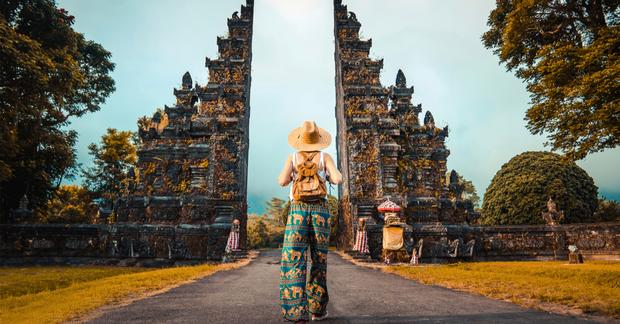





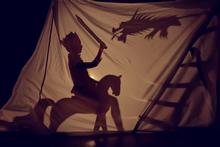
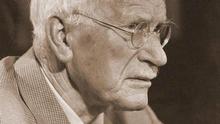
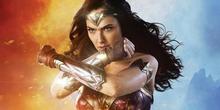





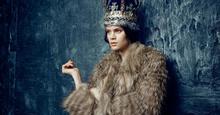


_thumb.png)
_thumb.png)
_thumb.png)
_thumb.png)

